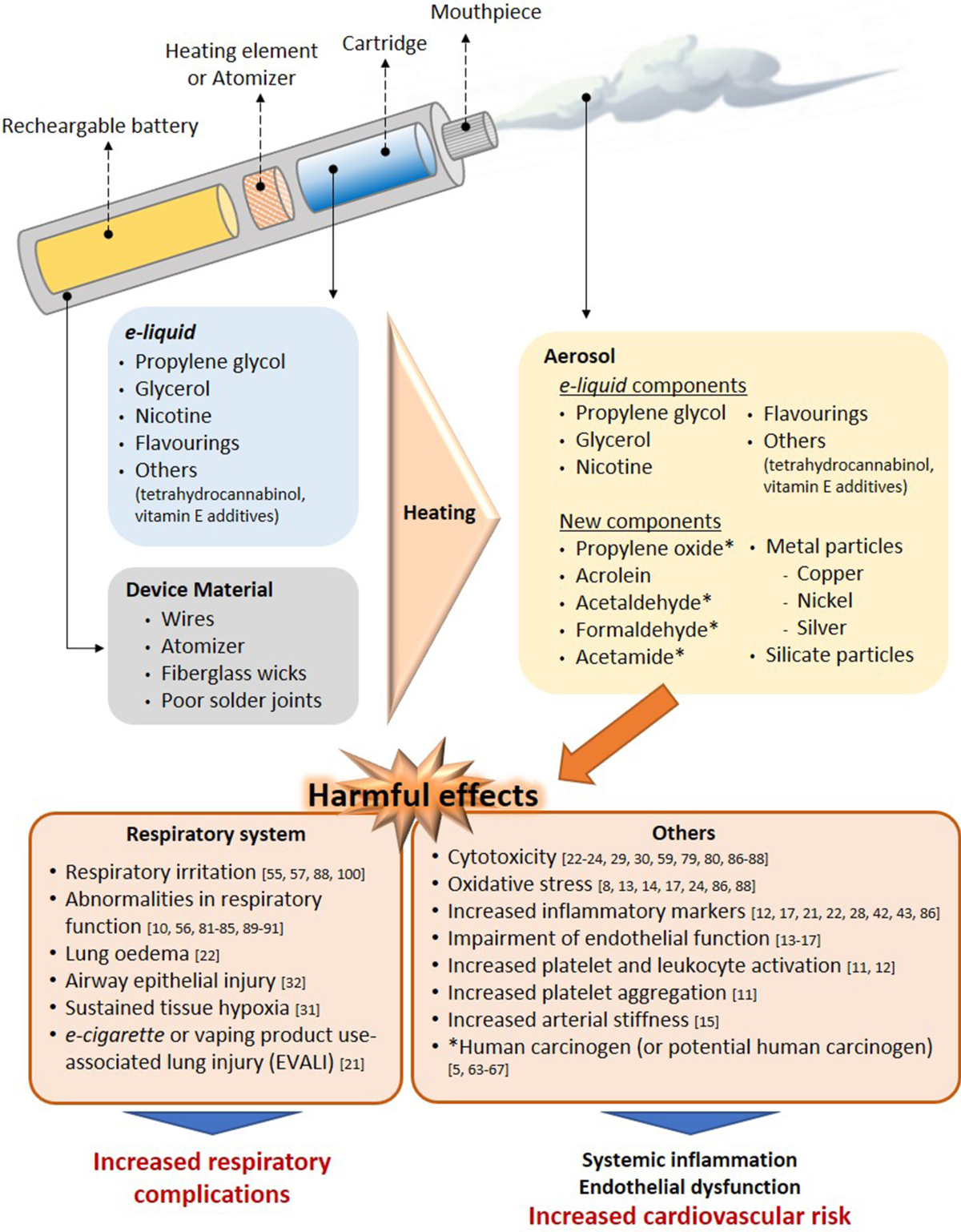The 2013 research significantly advanced understanding of electronic cigarette (e-cigarette) health impacts. Key findings from major studies that year included:
Cardiovascular Effects Identified
A pivotal study led by Dr. Konstantinos Farsalinos (presented at ECS Vienna & later published) examined acute cardiovascular effects in habitual smokers and first-time e-cigarette users. Using angiography techniques, researchers measured Coronary Flow Velocity Reserve (CFVR). They found:

- Impaired CFVR: Significant reduction in CFVR immediately after using an e-cigarette for 5 minutes, indicating reduced capacity of coronary arteries to dilate and increase blood flow.
- Magnitude Comparable to Tobacco: The average reduction in CFVR (7.2%) was similar to effects observed from smoking a single tobacco cigarette.
- Impact on Myocardial Blood Flow: This impairment directly suggested a potential transient reduction in blood supply to the heart muscle (myocardium).
This provided the first clinical evidence of an adverse cardiovascular effect associated with e-cigarette use.
Formaldehyde & Acrolein Exposure Confirmed
A study by Schripp, Markewitz et al. (Inhalation Toxicology) analyzed the aerosol chemistry generated by 4 different e-cigarettes using a machine-puffing protocol (similar to smoking machines):
- Formaldehyde Detection: Low amounts of formaldehyde were detected in the aerosol of two tested devices under normal operating conditions (
Critical Finding: - Acrolein Release: Acrolein, a highly irritating and toxic aldehyde, was consistently detected in the aerosol of all tested e-cigarettes. Concentrations were significantly lower than in cigarette smoke, ranging from 0.07 to 4.19 μg per puff.
- Production Mechanism: The study identified the thermal degradation of glycerin/glycol as the likely source of these aldehydes.
This confirmed users were inhaling known harmful compounds, albeit at lower levels than combustible cigarettes.
Additional Key Findings in 2013
- Nicotine Delivery Variability: Multiple studies confirmed that early-generation e-cigarettes delivered nicotine less efficiently and with far greater inconsistency than conventional cigarettes.
- Lower Toxant Profile (Relative Harm): Analyses, including those referenced by the US FDA, reiterated that e-cigarette aerosol contained substantially fewer toxicants (at significantly lower concentrations) compared to cigarette smoke. The concept of e-cigarettes representing a potential harm reduction tool gained traction within the scientific community based on this relative comparison.
- Early Longitudinal Insights: A small, uncontrolled 6-month follow-up study by Polosa et al. suggested that e-cigarette use by smokers unwilling/unable to quit led to reduced cigarette consumption without significant side effects. However, long-term safety conclusions were impossible.
Consensus & Limitations in 2013
The 2013 findings established that:
- E-cigarettes were not simply “harmless water vapor”; they exposed users to potentially harmful substances like nicotine, carbonyls (formaldehyde, acrolein), and particulates.
- Significant acute cardiovascular effects could occur, suggesting cardiac risk even with short-term use.
- Nicotine delivery was unreliable in most devices then available.
- Based on chemical analyses, e-cigarettes presented a less harmful alternative to continued smoking, but were not risk-free.
Major limitations remained: Lack of long-term studies, evolving device technology making generalizations difficult, and ongoing debates about youth uptake and cessation efficacy.









